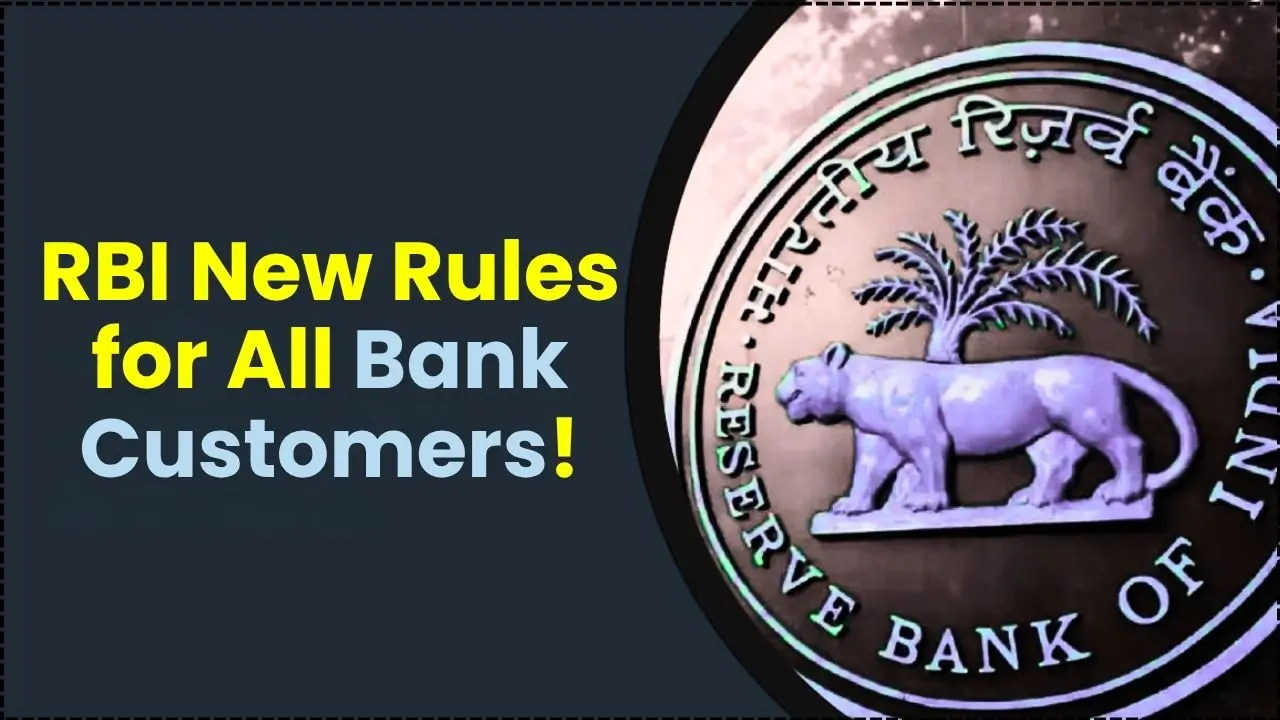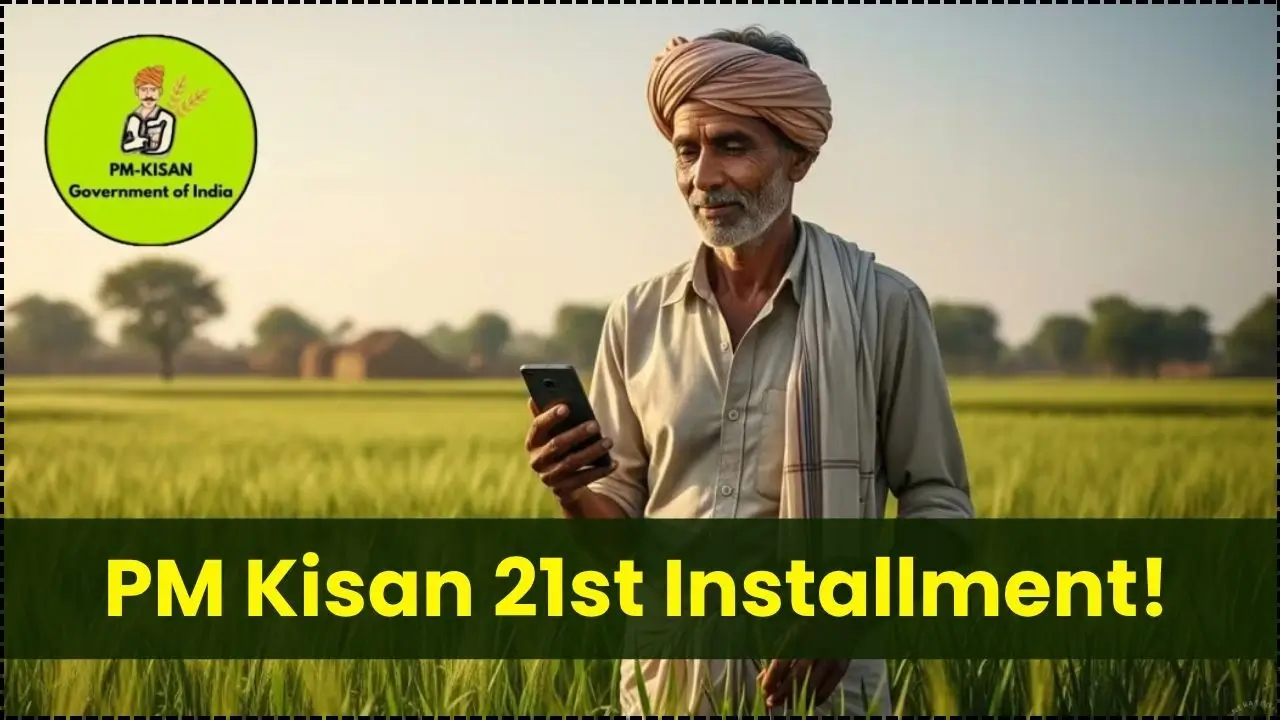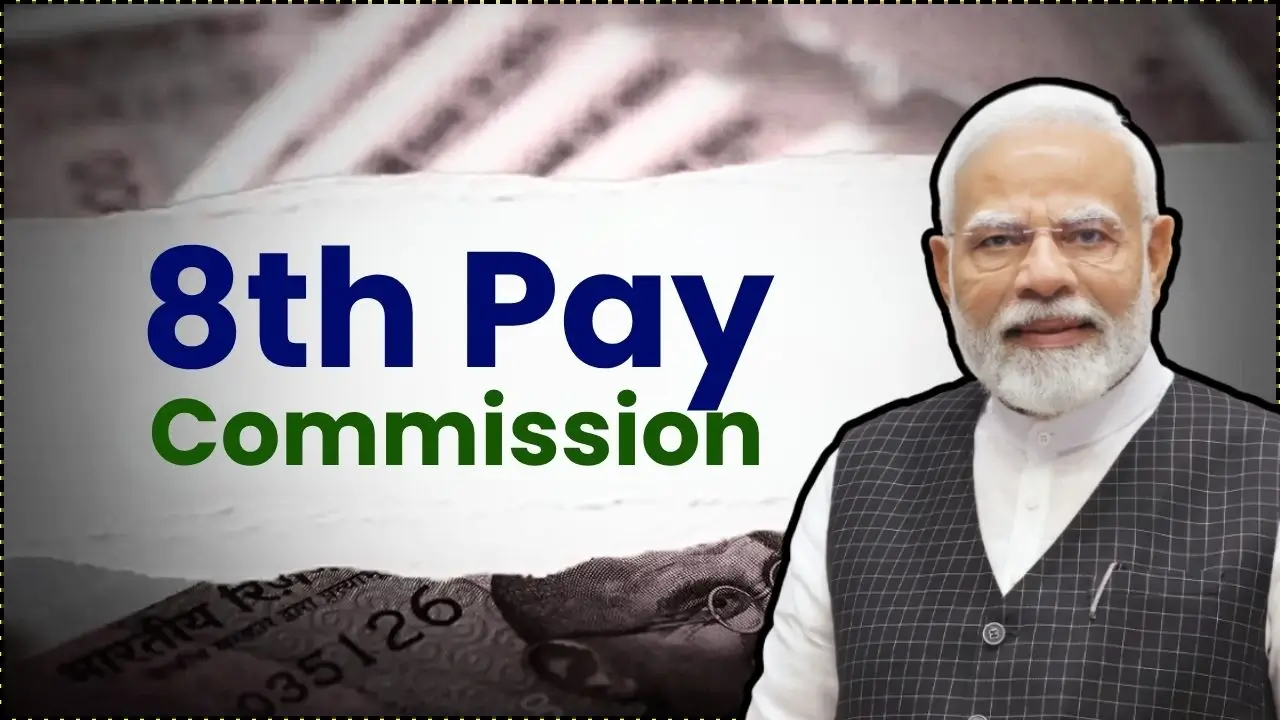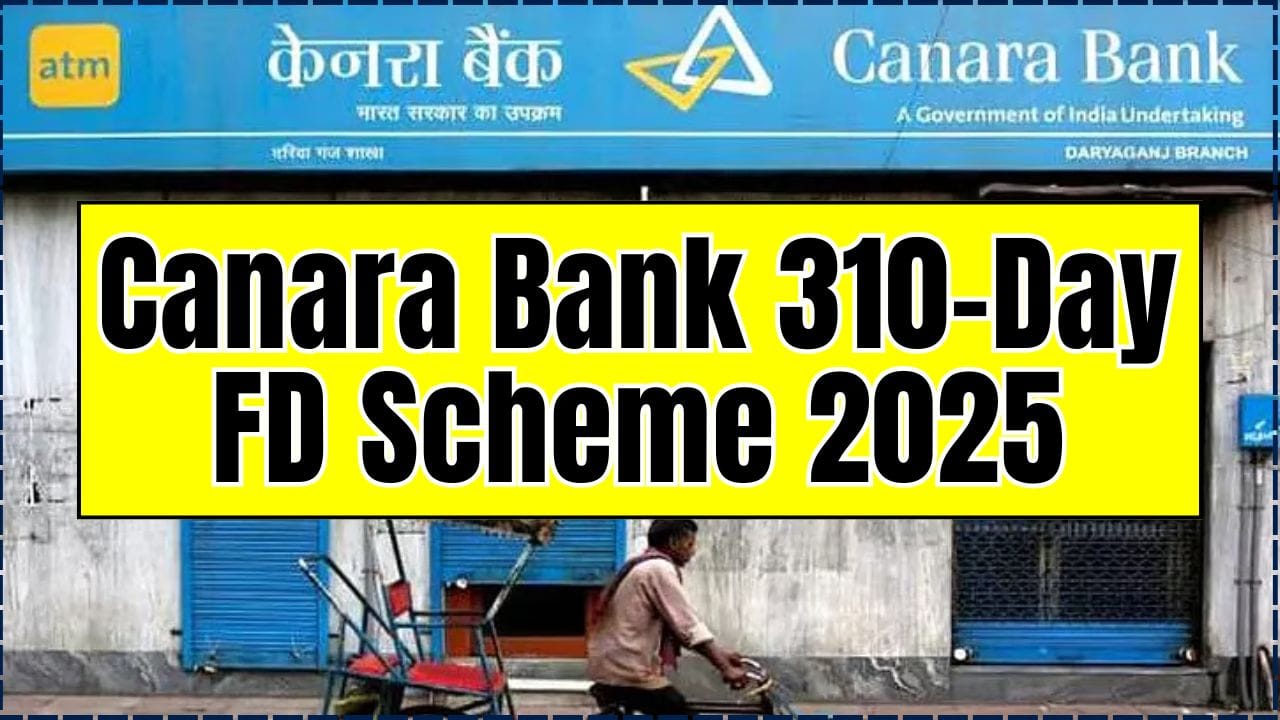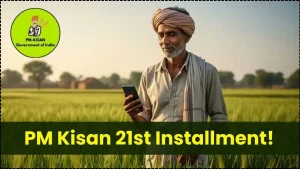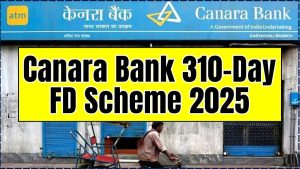India’s youth agenda received a decisive push with the launch of a ₹62,000 crore package designed to boost skilling, education access, employability, and youth empowerment placing Bihar at the heart of the rollout. From modernising ITIs under PM-SETU and setting up vocational skill labs in schools to easing higher education finance and creating dedicated youth institutions, the initiative is built to move young people from classrooms to careers with speed and confidence.
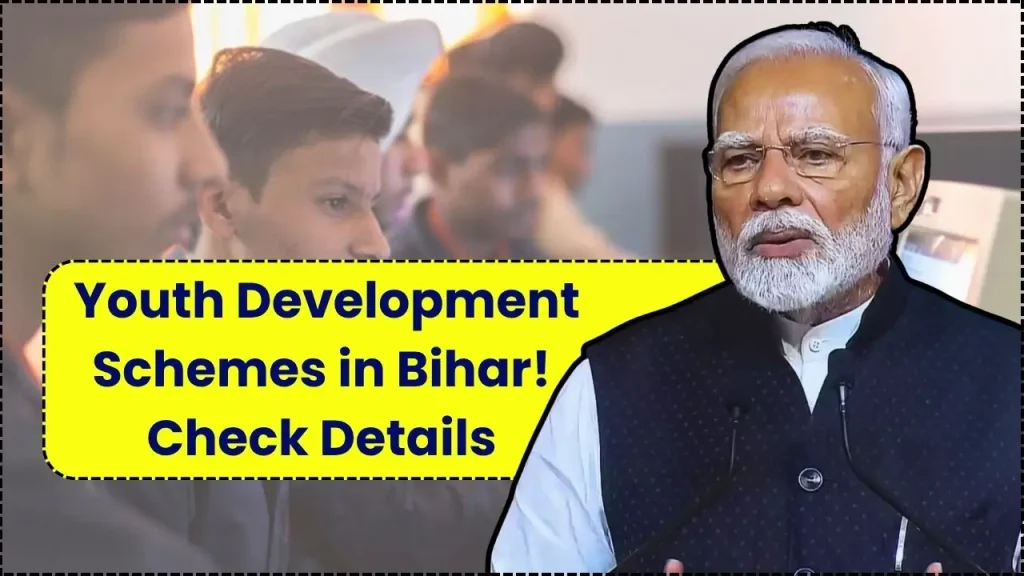
This youth-first package is built around a nationwide ITI overhaul, an early-skills pipeline through schools, and Bihar-centric measures that reduce financial friction for students and jobseekers. It aligns training with industry demand, improves placement pathways, and sets up durable institutions to keep the momentum going, especially for Bihar’s large and aspirational youth population.
Youth Development Schemes in Bihar
| Key Component | Details |
|---|---|
| Total Outlay | More than ₹62,000 crore for youth-focused initiatives with special emphasis on Bihar |
| PM-SETU (ITIs) | Upgrade 1,000 government ITIs via a hub-and-spoke model (around 200 hubs, 800 spokes), with modern trades, digital systems, incubation, and placement integration |
| Vocational Skill Labs | School-based labs across Navodaya Vidyalayas and Eklavya Model Residential Schools to build hands-on employability early |
| Bihar Stipend + Training | Revamped graduate allowance of ₹1,000 per month for two years for nearly five lakh graduates, paired with free skill training |
| Interest-Free Student Loans | Redesigned Bihar Student Credit Card Scheme offering up to ₹4 lakh interest-free for higher education; lakhs of students have already benefited |
| Youth Governance | Bihar Yuva Ayog (18–45) to channelise youth potential and coordinate programs |
| Skill University | Jan Nayak Karpoori Thakur Skill University to deliver industry-oriented, employment-focused courses |
| Research & Infrastructure | New facilities including NIT Patna’s Bihta campus with advanced labs and incubation support |
The ₹62,000 crore youth development push is more than a headline it’s an integrated plan to make education affordable, skills market-ready, and jobs reachable, with Bihar positioned as a flagship beneficiary. With PM-SETU modernising ITIs, school-based vocational labs creating early exposure, a stipend-and-training bridge for graduates, interest-free higher education loans, and new institutions anchoring the ecosystem, the path from learning to earning looks clearer than it has in years. Act early, pick the route that matches your strengths, and use the new support systems to turn momentum into outcomes.
PM-SETU To Upgrade 1,000 ITIs
The flagship Pradhan Mantri Skilling and Employability Transformation through Upgraded ITIs (PM-SETU) aims to transform the ITI ecosystem at scale. The model clusters hub ITIs with spoke ITIs to spread access while concentrating advanced capabilities at the hubs. Expect updated trades aligned to new-age sectors, digital learning infrastructure, industry-run incubation and production units, training-of-trainers facilities, and embedded placement support. The design is outcome-driven: tighter employer linkages, better job matching, and a consistent standard of training quality. An initial focus on institutions in and around Bihar underscores the state’s priority within the reforms, giving learners faster access to modernised programs and real-world training environments.
Bihar’s Stipend-And-Training Pathway
The revamped Mukhyamantri Nishchay Svyam Sahayata Bhatta Yojana is a direct bridge from campus to career. Nearly five lakh graduates are eligible for a predictable ₹1,000 monthly allowance for two years, paired with free skill training. This pairing matters: the cash support reduces short-term stress during the job search while the training compounds employability and confidence. It encourages graduates to pursue certifications, apprenticeships, and practical skill stacks that align with local opportunities and high-demand roles, from digital services and logistics to manufacturing and field operations.
Interest-Free Student Finance
Higher education costs can stall momentum. The redesigned Bihar Student Credit Card Scheme addresses this by offering interest-free loans up to ₹4 lakh. This unlocks professional programs and degree pathways for students who otherwise might hesitate due to affordability. The evidence of uptake so far is strong, with large numbers of students already availing sizeable disbursements. By removing interest burdens, families can plan multi-year education trajectories more comfortably, while students can combine classroom learning with internships, projects, and emerging tech coursework without the constant pressure of finance-first decisions.
Vocational Exposure In Schools
Early exposure shapes outcomes. The roll-out of school-based vocational skill labs across Navodaya and Eklavya schools brings hands-on learning into the secondary pipeline. Trained vocational educators will deliver industry-relevant modules that introduce students to practical skills and tools, from basic electronics and automotive fundamentals to IT support, agriculture tech, and hospitality workflows. This approach does two things: it helps students discover career interests sooner, and it makes the eventual transition into ITIs, polytechnics, or degree programs smoother by anchoring learning in real tasks and problem-solving.
Bihar Yuva Ayog and Skill University
Policy continuity and institutional capacity are essential for reforms to stick. Bihar Yuva Ayog provides a statutory platform to steer youth programs, surface feedback from the 18–45 demographic, and coordinate across departments. Alongside it, the Jan Nayak Karpoori Thakur Skill University is tasked with running industry-facing curricula that culminate in credible, employer-recognised outcomes. Expect more co-created programs with companies, stackable credentials, and embedded internship and apprenticeship tracks. Together, these bodies ensure the reforms are not one-off announcements but a sustained ecosystem shift.
Employment And Outreach Elements
Beyond skilling and finance, the package includes immediate employment signals such as distribution of appointment letters to newly recruited state candidates and targeted scholarships disbursed via direct benefit transfers. This dual-track short-term outcomes plus long-term capacity helps maintain confidence among youth and families that the pathway from education to employment is active, supported, and time-bound. It also ties together multiple departments skill development, higher education, social welfare under a single, youth-first narrative.
Why This Matters for Students and Families
- Students gain two strong pathways: interest-free higher education finance and upgraded vocational routes through PM-SETU. This duality ensures that degree-led and skills-led careers both feel accessible and respectable.
- Graduates benefit from an allowance plus free training that reduces the need to accept underpaid work while they upskill. The result is better job matching and the confidence to hold out for roles that fit their skills.
- Families see reduced financial uncertainty. With interest-free loans and predictable stipends, short-term budget shocks ease, making it realistic to plan multi-year learning and employability moves without compromising essentials.
What to Do Next
If you’re a student, shortlist your degree or diploma options for the next 12–24 months and map them to the funding route that suits you. If you’re close to graduation or recently graduated in Bihar, pair the monthly allowance with structured training that ends in a certificate plus placement support. If you prefer the hands-on route, track PM-SETU’s hub-and-spoke upgrades at nearby ITIs and prioritise modern trades where employers actively recruit think electrical, mechatronics, welding with automation, CNC machining, refrigeration and HVAC, EV maintenance, logistics tech, and IT support.
EPFO Payroll Insights Report 2025: Growth Trends and Top Performing Sectors Revealed
How To Maximise The Benefits
- Build a portfolio: complete at least two skill certifications and one capstone project aligned with your target role.
- Time your applications: monitor Phase 1 ITIs near you and apply as soon as upgraded intakes open; don’t miss stipend enrollment windows.
- Mix learning modes: combine classroom training with apprenticeships or on-the-job modules to accelerate placement readiness.
- Network early: connect with industry partners attached to your ITI or university; attend job fairs and pre-placement workshops.
- Track outcomes: measure skills gained, interviews scheduled, and offers received every month to adjust your training plan quickly.
FAQs on Youth Development Schemes in Bihar
Who is eligible for the ₹1,000 monthly stipend in Bihar?
The revamped scheme targets graduates in Bihar, offering ₹1,000 per month for two years, paired with free skill training. Applicants should check official notifications for age, documentation, and enrollment windows each cycle.
How will PM-SETU change ITIs for students?
Expect modern labs, new-age trades, digital learning, and stronger placement cells. Hubs will host incubation, trainer development, and production facilities, while spokes increase geographic access. With industry participation, curricula should align more tightly with real job requirements.
Are the Bihar student loans truly interest-free?
Yes, the redesigned Student Credit Card Scheme provides interest-free loans up to ₹4 lakh for higher education. This reduces long-term repayment pressure and helps students choose programs based on fit rather than financing constraints.
What’s the best path: degree or vocational training?
Pick based on your strengths and goals. If you’re hands-on and want quicker entry to the workforce, vocational plus apprenticeships can be faster. If your target role requires licensure or advanced theory, a degree plus internships is the better fit. Many students blend both: a degree with industry certifications and short vocational modules.

